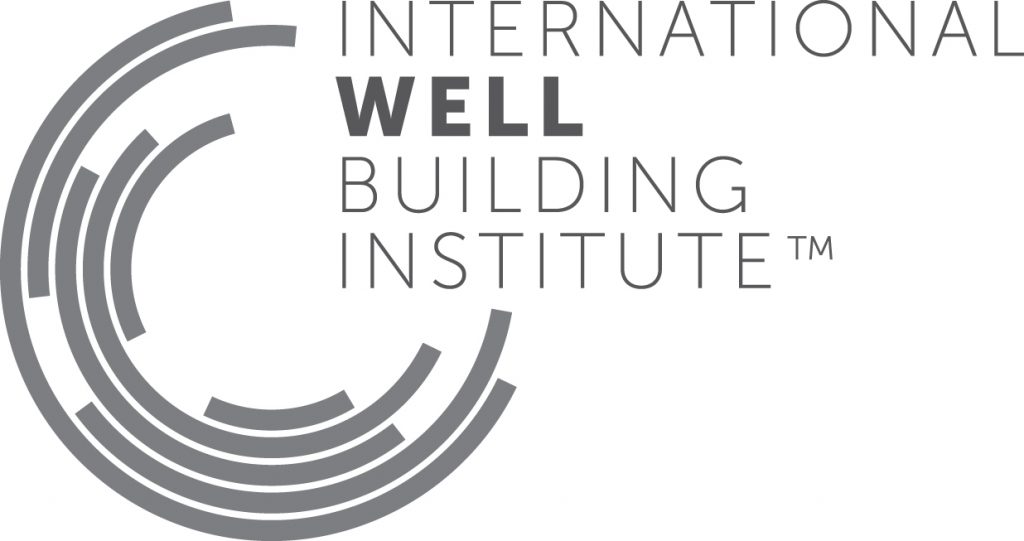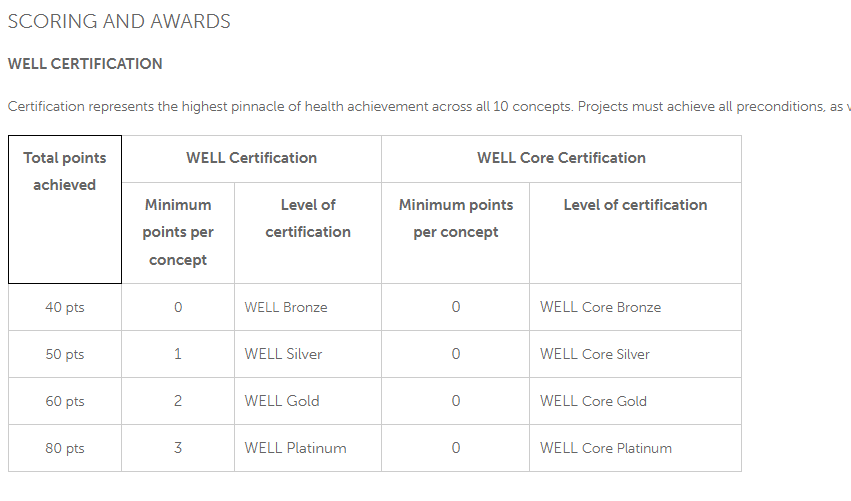Well Certification
Oxori Services

The WELL rating system is a tool for buildings and organizations to deliver more thoughtful and intentional spaces that enhance human health and well-being. WELL v2 includes a set of strategies that aim to advance human health through design interventions and operational protocols and policies and foster a culture of health and well-being.
WHY WELL?
The role buildings can play in human health and well-being has never been more evident or more important. WELL creates spaces that enhance – rather than hinder – health and well-being that fuel our bodies, move us, keep us connected, inspire our best work and facilitate a good night’s sleep. WELL transform buildings and organizations in ways that advance health and well-being to help people thrive.
Architecture of the Rating System
WELL PROJECT TYPES
WELL v2 projects fall into one of two main groups, determined primarily by ownership type:
Owner-occupied: The project is mainly occupied by the project owner (which may be different than the building owner).
WELL Core: The project owner occupies a small portion of the project area and rents/leases most of the space to one or more tenants.
SCORING & AWARDS

10 WELL CONCEPTS
AIR
The WELL Air concept aims to achieve high levels of indoor air quality across a building’s lifetime through diverse strategies that include source elimination or reduction, active and passive building design and operation strategies and human behavior interventions.
WATER
The WELL Water concept covers aspects of the quality, distribution and control of liquid water in a building. It includes features that address the availability and contaminant thresholds of drinking water, as well as features targeting the management of water to avoid damage to building materials and environmental conditions.
NOURISHMENT
The WELL Nourishment concept requires the availability of fruits and vegetables and nutritional transparency. It encourages the creation of food environments, where the healthiest choice is the easiest choice.
LIGHT
The WELL Light concept promotes exposure to light and aims to create lighting environments that promote visual, mental and biological health.
MOVEMENT
The WELL Movement concept promotes physical activity in everyday life through environmental design, policies and programs to ensure that movement opportunities are integrated into the fabric of our culture, buildings and communities.
THERMAL COMFORT
The WELL Thermal Comfort concept aims to promote human productivity and provide a maximum level of thermal comfort among all building users through improved HVAC system design and control and by meeting individual thermal preferences.
SOUND
The WELL Sound concept aims to bolster occupant health and well-being through the identification and mitigation of acoustical comfort parameters that shape occupant experiences in the built environment.
MATERIALS
The WELL Materials concept aims to reduce human exposure, whether direct or through environmental contamination, to chemicals that may impact health during the construction, remodeling, furnishing and operation of buildings.
MIND
The WELL Mind concept promotes mental health through policy, program and design strategies that seek to address the diverse factors that influence cognitive and emotional well-being.
COMMUNITY
The WELL Community concept aims to support access to essential healthcare, build a culture of health that accommodates diverse population needs and establish an inclusive, engaged occupant community.
